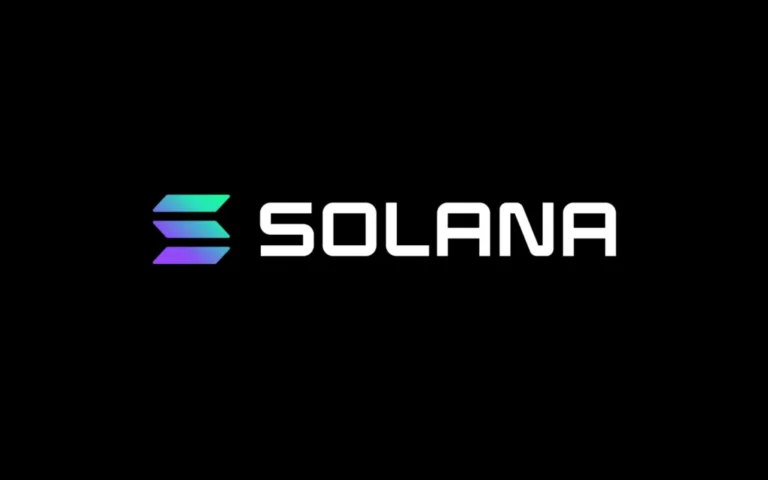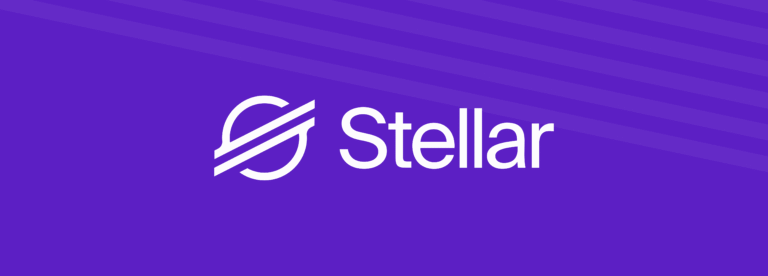

Dogecoin Community Secrets: Why It Still Thrives in 2025
Key Takeaways The Power of Community in Crypto Even years after its creation as a meme cryptocurrency, Dogecoin (DOGE) remains one of the most recognizable digital assets in 2025. While many altcoins fade with market trends, Dogecoin continues to thrive, driven less by technical innovation and more by the strength of its community culture. The…

Cardano Governance Explained: How CIP Proposals Shape the Network
Key Takeaways Cardano (ADA) has long distinguished itself from other blockchain platforms through a research-driven approach and a commitment to community governance. As the network evolves in 2025 and 2026, understanding how Cardano Improvement Proposals (CIPs) influence development and decision-making is essential for investors, developers, and enthusiasts alike. These proposals provide a structured mechanism for…

Zcash Privacy Features: zk-SNARKs and the Future of Shielded Transactions
Key Takeaways: Zcash: Privacy at the Core of Blockchain Innovation Zcash (ZEC) was launched in 2016 with one clear mission: to bring strong privacy to blockchain transactions. Unlike Bitcoin or Ethereum, which record every transaction publicly, Zcash provides the option of shielded transactions that keep key details confidential. In 2025, privacy remains a critical concern…

Solana Ecosystem Growth: From Outages to DeFi Powerhouse
Key Takeaways Solana (SOL) has emerged as one of the fastest-growing blockchain ecosystems, known for its high throughput, low transaction costs, and vibrant decentralized finance (DeFi) community. While the network has faced outages and scalability challenges in its early years, 2025–2026 marks a period of significant maturation. Solana’s ability to combine speed, composability, and developer-friendly…
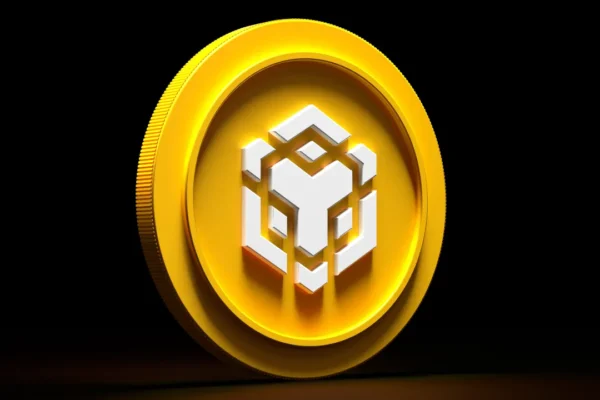
BNB Chain Innovations: Validators, Governance, and Enterprise Use
Key Takeaways: BNB Chain Innovations: Validators, Governance, and Enterprise Use BNB Chain continues to cement its position as a leading blockchain network in 2025–2026 by balancing speed, scalability, and governance. Key innovations revolve around validators, the governance framework, and growing enterprise adoption, making BNB Chain a preferred choice for developers, businesses, and institutions seeking efficient…

VeChain for Supply Chains: How Companies Are Winning with Blockchain
Key Takeaways As global supply chains grow increasingly complex in 2025 and 2026, companies face pressure to improve transparency, traceability, and operational efficiency. Enter VeChain, a blockchain platform specifically designed to track products, verify authenticity, and streamline logistics. By providing tamper-proof records and real-time insights, VeChain enables businesses to reduce fraud, optimize processes, and build…
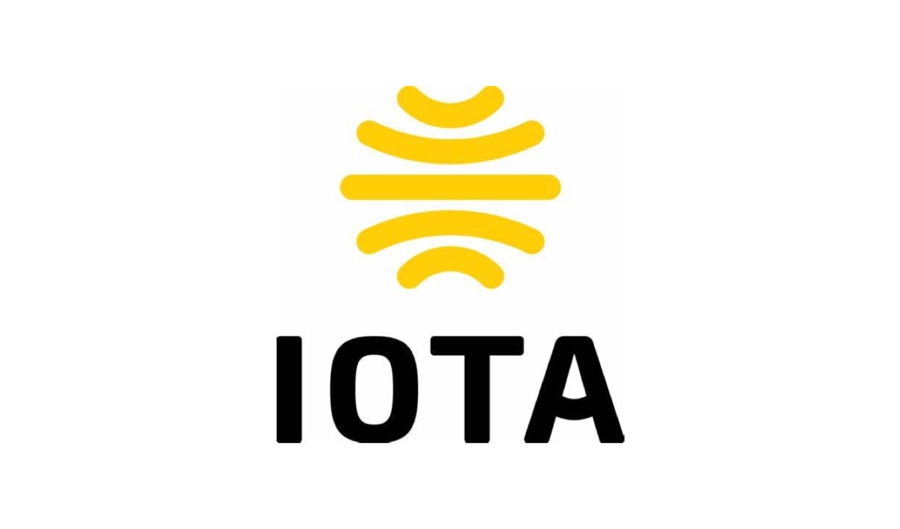
IOTA 2.0 Explained: Tangle Upgrades and Real-World Impact
Key Takeaways IOTA, once known primarily for its feeless transactions and ambitious Internet of Things (IoT) vision, has entered a new era with IOTA 2.0. The 2025–2026 upgrades, focused on the Tangle architecture, aim to address scalability, decentralization, and real-world adoption challenges that have historically limited the network. Understanding these improvements and their implications for…

Ethereum vs. Layer-2 Rollups: Who Wins in 2025
Key Takeaways: Ethereum and the Scalability Challenge Ethereum has long been the backbone of decentralized finance (DeFi), NFTs, and Web3 applications. Its security, decentralization, and developer ecosystem make it the default blockchain for smart contracts. However, Ethereum Layer-1 faces inherent scalability constraints: While Ethereum’s Merge in 2022 shifted the network to Proof-of-Stake (PoS), energy efficiency…
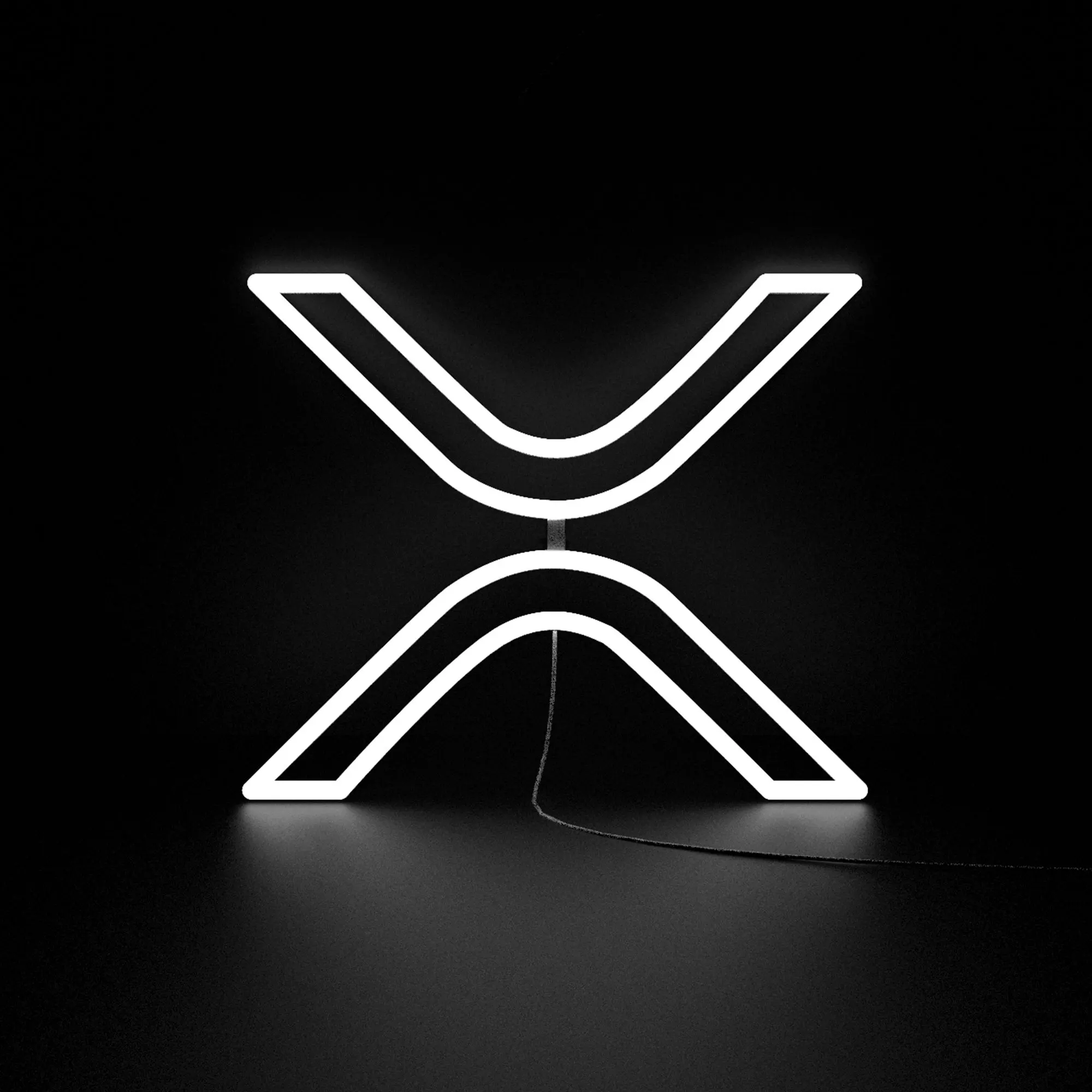
XRP Ledger Use Cases: Beyond Fast Payments
Key Takeaways The XRP Ledger (XRPL) is widely recognized for its speed and efficiency in global payments, but its capabilities extend far beyond simple money transfers. As blockchain adoption grows in 2025–2026, enterprises, developers, and financial institutions are leveraging XRPL’s unique features—like tokenization, decentralized exchanges, and smart contract functionality—to create real-world applications that span finance,…

SUI vs. Solana: How Object-Based Storage Challenges Traditional Blockchains
Key Takeaways: SUI vs. Solana: How Object-Based Storage Challenges Traditional Blockchains Blockchain architecture is evolving rapidly in 2025–2026, and the debate between SUI and Solana highlights the next generation of scaling innovations. While Solana focuses on high-throughput, sequential transaction processing, SUI introduces object-based storage—a fundamentally different approach that reshapes how transactions, smart contracts, and assets…



